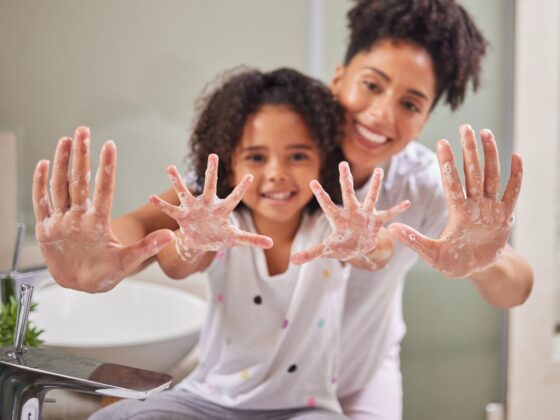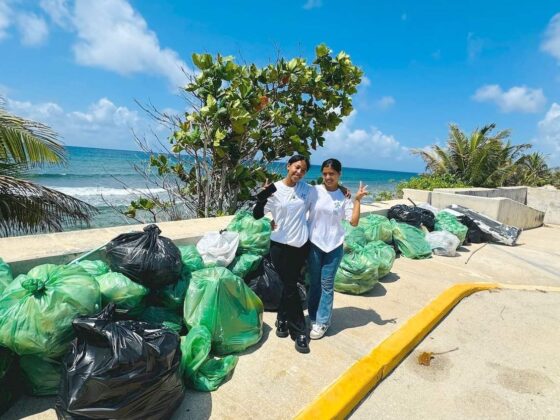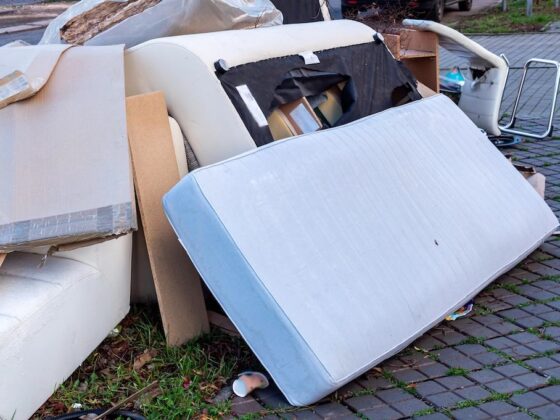The recent surge in measles cases across the United States, surpassing previous yearly totals in just a few months and involving over 483 confirmed cases in 20 states (including travel hubs like Florida, Georgia, and New York), serves as a critical global health reminder. With the Centers for Disease Control and Prevention (CDC) confirming federal assistance requested in Texas due to a significant outbreak resulting in hospitalizations and tragically, a child’s death, understanding this highly contagious disease and how to protect ourselves is paramount, even here in the Cayman Islands.
“The identification of a measles case in Miami highlights the importance of ensuring our population is protected against this highly contagious disease. Vaccination is the best defense against measles, and we encourage all parents to check their children’s immunisation status,” said Dr. Nick Gent, Chief Medical Officer of the Cayman Islands earlier this month.
At Complete Clean, we believe a clean environment is a cornerstone of community health. While vaccination is the primary defense against measles, understanding all potential transmission routes, including the role of surfaces, and implementing robust hygiene practices is essential. This article provides comprehensive information based on recent events and expert guidance.
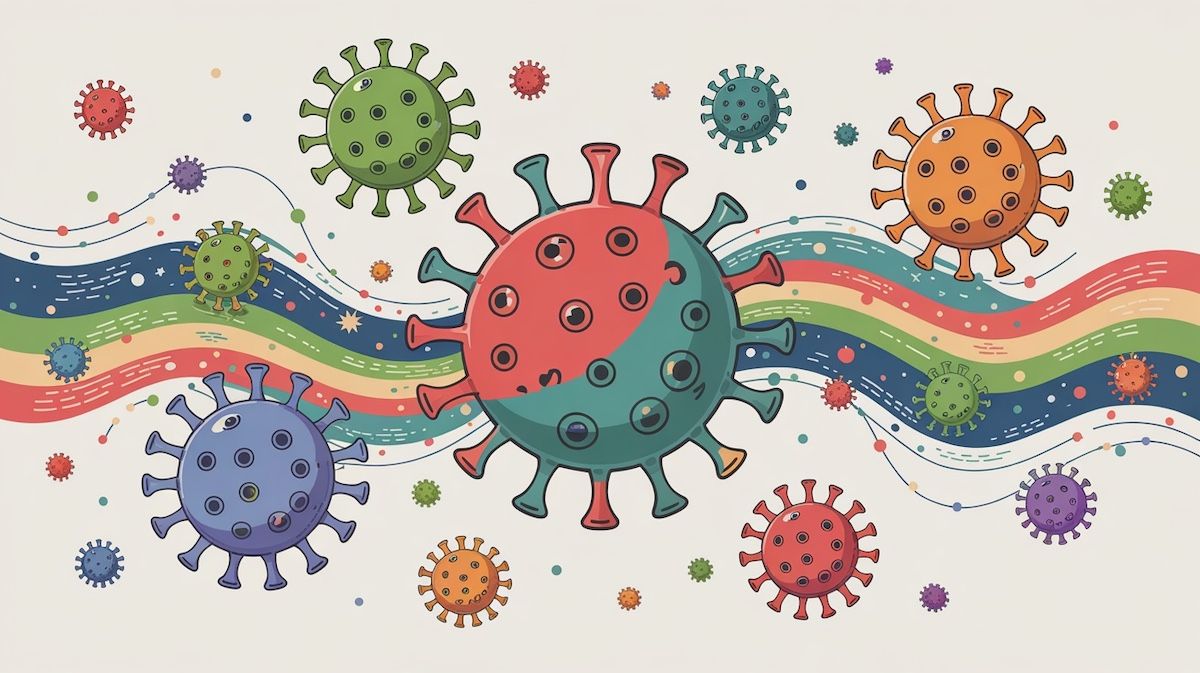
What is Measles? Understanding The Highly Contagious Virus
Measles is a disease caused by a highly contagious virus (part of the Paramyxoviridae family), renowned for its ability to spread with remarkable speed through communities and pose significant public health risks. While decades of successful vaccination dramatically reduced this once-common childhood illness, measles is unfortunately re-emerging as a global health concern, making a clear understanding of its transmission essential for effective prevention.
- How it Spreads: Primarily, measles spreads through the air when an infected person breathes, coughs, or sneezes. The virus particles can remain infectious in the air for up to two hours after the person has left the area. This makes enclosed spaces particularly risky.
- Surface Transmission: While secondary to airborne spread, the measles virus can survive on contaminated surfaces for up to two hours. Touching an infected surface and then touching your eyes, nose, or mouth can lead to infection.
“On average, one infected person may infect about 15 other people,” notes Scott Weaver, director at the Global Virus Network. “There’s only a few viruses that even come close to that.”
Measles Travel Risks for Cayman Residents
In March 2025, the Cayman Islands Health Services Authority reiterated the importance of awareness and up-to-date vaccinations, urging the public to remain cautious given the rise in U.S. measles cases. Though the Cayman Islands has not seen a confirmed case of measles since 1990, global travel continues to pose a potential risk, especially during seasonal surges and outbreaks abroad. Back in 2023, the Cayman Islands Health Services Authority (HSA) issued a measles travel alert, urging residents to stay cautious when returning from countries experiencing active cases. The guidance advised individuals with a sudden high fever and rash, particularly those with recent travel history, to seek immediate medical attention and notify healthcare providers about their travels.
While that advisory was issued two years ago, its relevance remains. International travel has only increased since then, and with rising global measles activity in some regions, these precautions still apply today. Quick symptom recognition and responsible reporting continue to be key tools in keeping the Cayman Islands measles-free.
Cayman Islands MMR Vaccination Success
The Cayman Islands has remained measles-free thanks to its strong national immunization program. According to the HSA, about 90% of Caymanian children receive their first MMR (measles, mumps, and rubella) vaccine dose by 15 months, and this rises to 97% by the time they enter school. This widespread coverage has helped prevent local outbreaks, even when international cases are rising.
However, vaccines are only part of the prevention puzzle. In environments where people gather—schools, clinics, gyms, and offices—regular cleaning of high-touch surfaces remains a frontline defense, especially when paired with proper hygiene and awareness.
“Vaccination remains the most effective way to prevent infection and reduce the risk of outbreaks within our community,” said Dr. Samuel Williams-Rodriguez, Cayman Islands Medical Officer of Health, in a February 2025 statement responding to recent U.S. outbreaks.
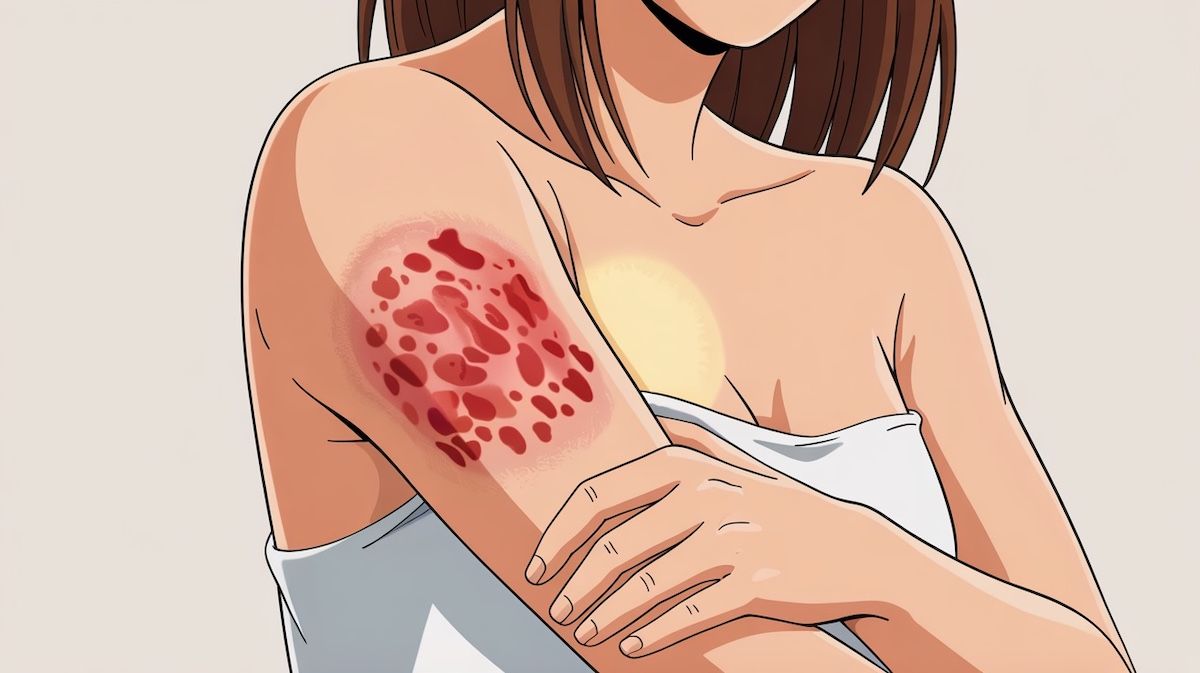
Recognizing Symptoms and Understanding the Risks
While the distinctive red rash is measles’ most recognizable sign, the illness itself is a systemic infection that begins with flu-like symptoms and can lead to serious, sometimes life-threatening, complications. Understanding the full progression of symptoms and the potential health risks involved is crucial for recognizing the disease early and appreciating the importance of prevention.
- Typical Symptoms: Appear 7-14 days after infection. They usually start with:
- High fever
- Cough
- Runny nose
- Red, watery eyes (conjunctivitis)
- The Rash: Typically appears 3-5 days after the initial symptoms. It starts as flat red spots on the face at the hairline and spreads downwards to the rest of the body. The fever may spike to over 104°F (40°C) when the rash appears.
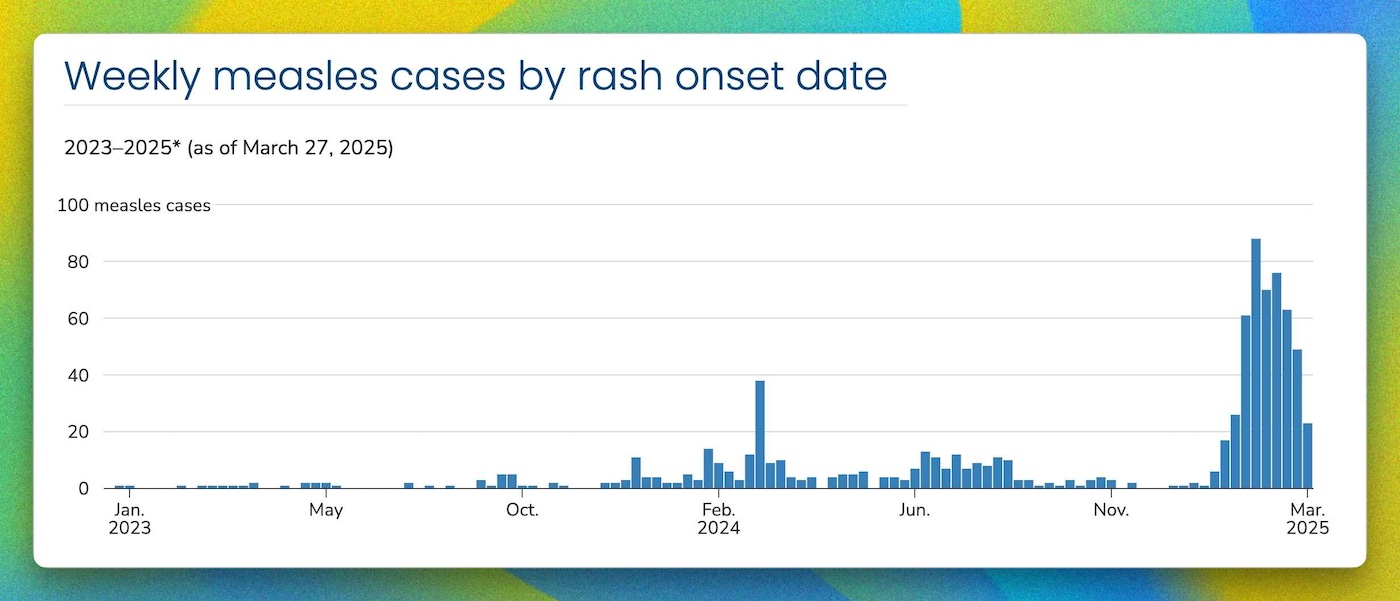
- Serious Complications: Measles can lead to severe health problems, especially in young children, pregnant individuals, and those with weakened immune systems. According to the CDC:
- Hospitalization: About 1 in 5 unvaccinated Americans who get measles require hospitalization.
- Pneumonia (Lung Infection): Develops in about 1 in 20 children with measles and is the most common cause of measles-related death in young children.
- Encephalitis (Brain Swelling): Occurs in about 1 in 1,000 cases, potentially causing convulsions, deafness, or intellectual disability.
- Mortality: Sadly, about 1 to 3 out of every 1,000 children infected with measles will die from respiratory and neurologic complications.
- Pregnancy Risks: Unvaccinated pregnant women risk premature birth or low-birth-weight babies.
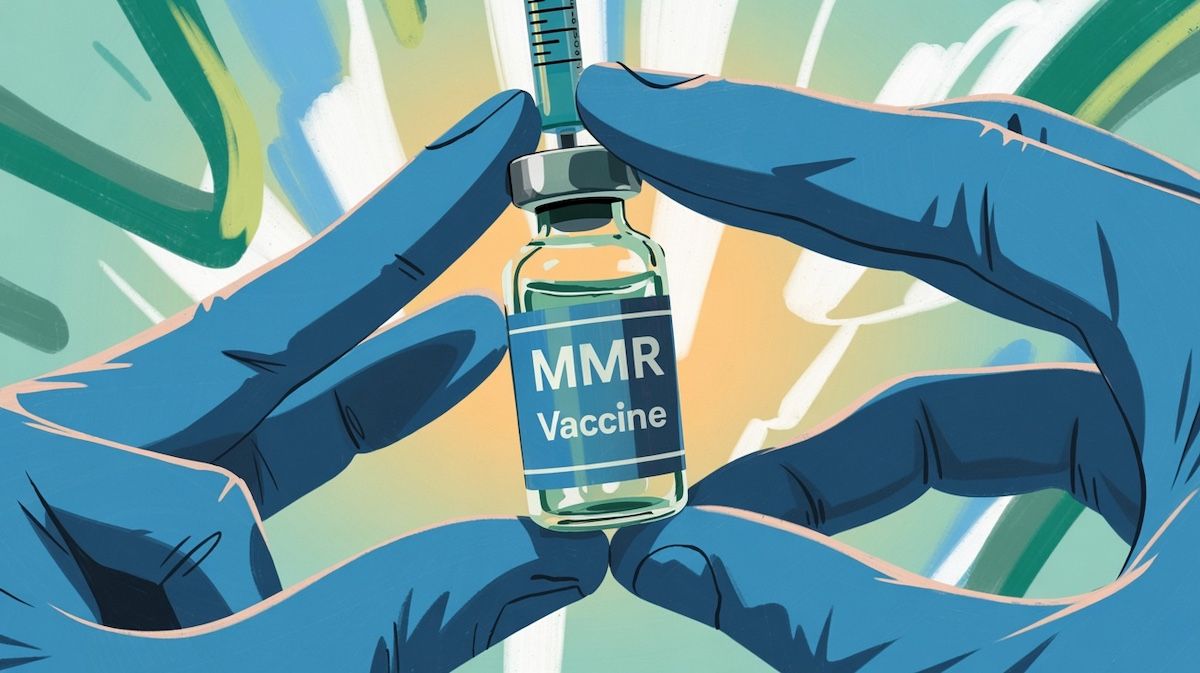
Prevention: Vaccination is Paramount
Since its introduction in the 1960s, the vaccine against measles has been a cornerstone of public health, drastically reducing cases and preventing countless deaths globally. The scientific evidence supporting the safety and remarkable effectiveness of the combined Measles, Mumps, and Rubella (MMR) vaccine is extensive and robust, confirming it as the single most important tool available for protecting individuals and communities from this disease.
- Highly Effective: Two doses of the MMR vaccine are about 97% effective at preventing measles; one dose is about 93% effective.
- Proven History: “Before a vaccine was developed in the 1960s, everybody got [measles],” states Scott Weaver. “But then when the vaccine came along, that was a complete game-changer…”
- Community (Herd) Immunity: High vaccination rates protect the entire community, including those who cannot be vaccinated (e.g., infants, immunocompromised individuals). Outbreaks, like the recent ones in the US, occur primarily in communities where vaccination rates fall below the 95% threshold needed for robust protection. Data shows 95% of recent US cases were in unvaccinated or vaccination-status-unknown individuals.
- Cayman Islands Schedule: Ensure your family follows the vaccination schedule recommended by the Cayman Islands Public Health Department. Contact them or your doctor if you have questions about your status or need to schedule vaccinations.
- Adult Boosters: Generally, adults born before 1957 are considered immune. Those vaccinated with two doses of MMR vaccine as children are typically protected for life. Boosters are usually not recommended unless you fall into specific high-risk categories or have doubts about your previous vaccinations (especially those administered before 1968). Consult your healthcare provider for personalized advice.
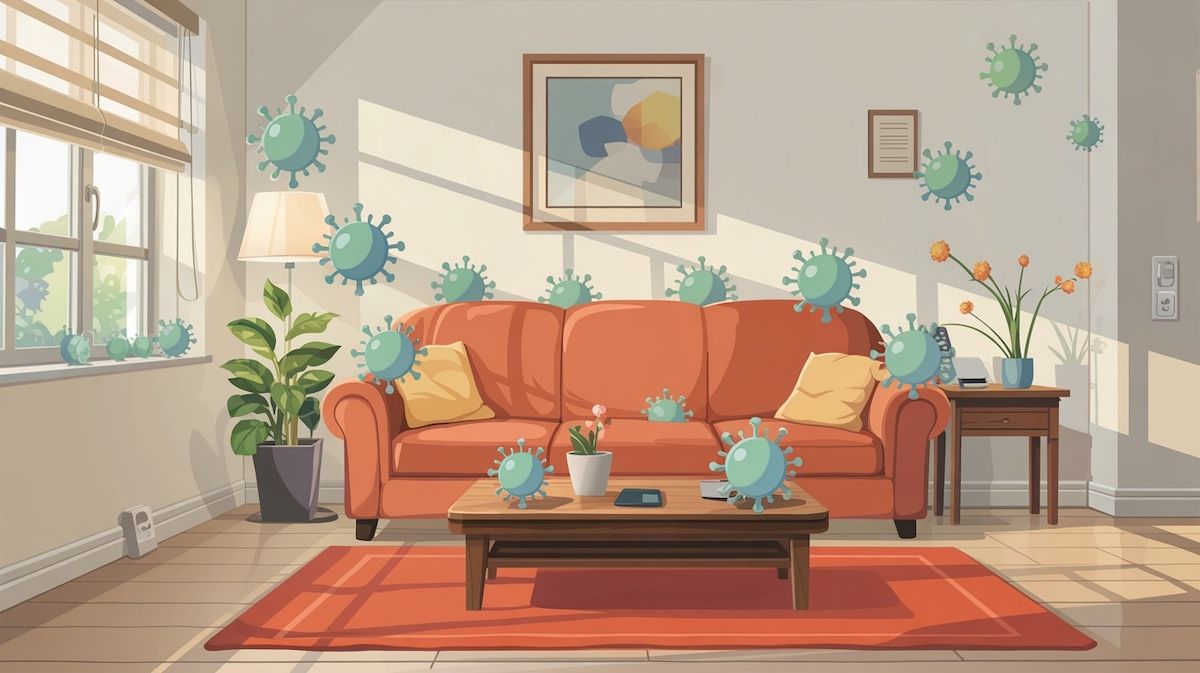
The Role of Surface Hygiene: A Crucial Supporting Strategy
Although measles primarily spreads through the air, the virus’s ability to survive on surfaces for up to two hours creates a secondary transmission risk that shouldn’t be overlooked, especially in shared environments. Therefore, incorporating rigorous surface hygiene practices complements vaccination efforts by reducing the overall environmental load of pathogens and minimizing opportunities for indirect contact spread, contributing significantly to comprehensive infection control.
1. Identifying High-Touch Surfaces (“Hotspots”):
To maximize the effectiveness of your cleaning and disinfection efforts against potential surface contaminants like the measles virus, it’s crucial to pinpoint the specific areas that experience the most frequent contact by different individuals throughout the day. Systematically identifying these “high-touch surfaces” or “hotspots” ensures that your hygiene routine targets the most likely points of indirect transmission.
- Homes: Doorknobs, light switches, phones, tablets, remote controls, keyboards, tables, chair backs/arms, countertops, appliance handles (fridge, microwave), cabinet hardware, faucets, toilet flush handles, railings, shared toys.
- Businesses/Public Spaces: Entry doors (handles, push plates), reception desks, counters, elevator buttons, railings, shared equipment (copiers, POS systems, phones), bathroom stalls and fixtures, waiting room furniture, water fountains, shared kitchen appliances.
2. Effective Cleaning and Disinfection Techniques:
Simply wiping down surfaces isn’t always enough to eliminate resilient viruses like measles; employing the correct techniques and products is essential for achieving true disinfection and reducing health risks. Understanding the distinction between cleaning, sanitizing, and disinfecting, and adhering to best practices for product selection and application, forms the foundation of an effective surface hygiene protocol
- Clean First: Always remove visible dirt and organic matter using soap/detergent and water. Germs can hide under dirt, making disinfectants less effective.
- Choose the Right Disinfectant: Use a product registered with a recognized authority (like the EPA) and proven effective against viruses. Check the label. Bleach solutions (properly diluted: typically 1/3 cup bleach per gallon of water, or 4 teaspoons per quart – never mix bleach with other cleaners) or alcohol solutions with at least 70% alcohol are often effective.
- Follow Label Instructions – Especially Dwell Time: This is critical. Dwell time is the amount of time the disinfectant needs to remain wet on the surface to kill the specified germs. Wiping it off too soon negates its effect.
- Prioritize and Be Consistent: Clean and disinfect high-touch surfaces regularly. Increase frequency if someone is ill or during community health alerts.
- Don’t Forget Hand Hygiene: Frequent handwashing with soap and water for at least 20 seconds is vital. Use alcohol-based hand sanitizer (60%+ alcohol) if soap and water are unavailable.

Staying Safe in the Cayman Islands
Given the interconnectedness of global travel, measles outbreaks in other countries, such as the recent surge in the United States, serve as pertinent reminders for the Cayman Islands community to remain vigilant. Protecting ourselves, our families, and our neighbours requires a multi-faceted approach grounded in awareness, adherence to public health guidance, and proactive personal and environmental hygiene measures.
- Verify Vaccination: Ensure you and your family are up-to-date on MMR vaccinations per Public Health guidelines.
- Practice Diligent Hygiene: Implement regular cleaning and disinfection of high-touch surfaces, coupled with frequent handwashing.
- Stay Informed: Rely on official sources like the Cayman Islands Ministry of Health & Wellness, the Cayman Islands Health Services Authority (HSA), the Centers for Disease Control and Prevention (CDC), and United Nations World Health Organization (WHO) for accurate health information.
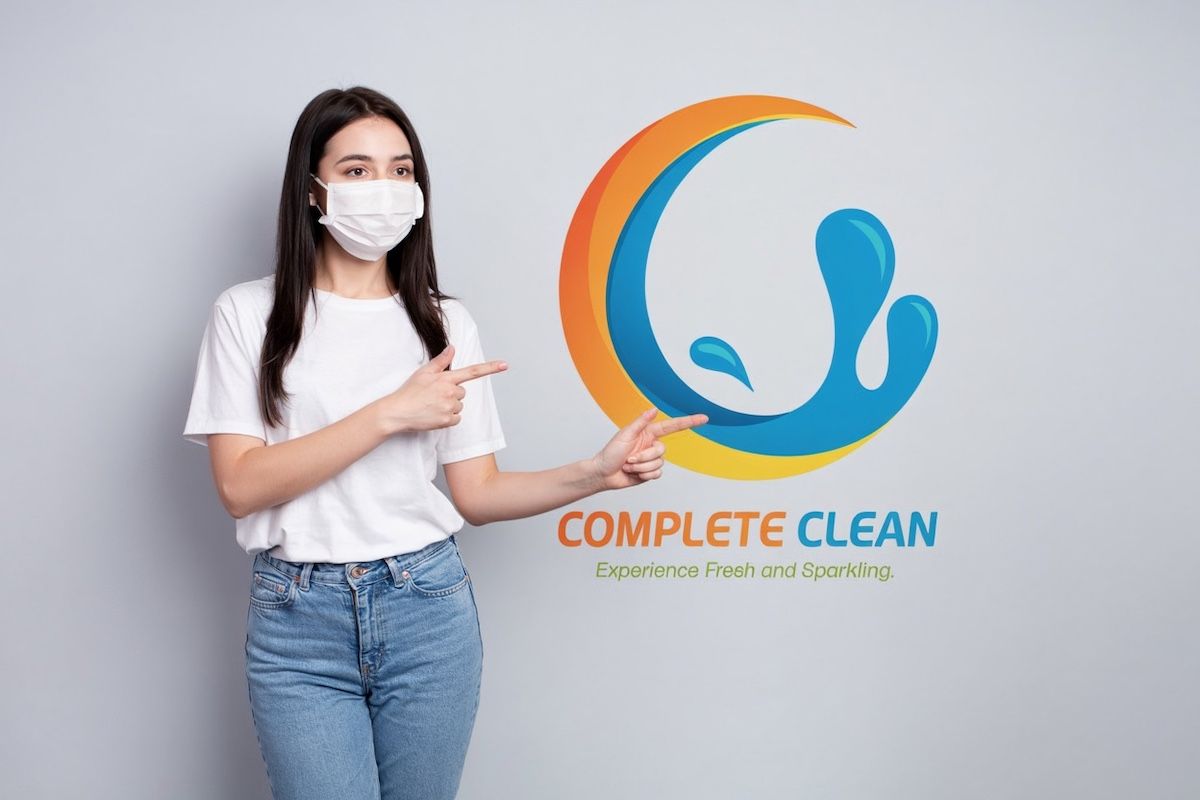
Complete Clean: Professional Support for a Healthier Environment
Implementing and consistently maintaining the heightened hygiene standards necessary to combat infectious agents like the measles virus can be particularly challenging in busy households and essential for high-traffic public and commercial spaces. Recognizing this need for thoroughness, expertise, and specialized resources, Complete Clean offers professional cleaning and disinfection services designed to support your efforts in creating a safer, healthier environment.
- Expert Knowledge: Our trained technicians understand pathogen control and follow best practices for disinfection.
- Commercial-Grade Products: We use effective, professional-grade disinfectants suitable for various environments.
- Advanced Technology: We may utilize methods like electrostatic spraying to ensure disinfectants comprehensively coat surfaces, including hard-to-reach areas.
- Reliability and Peace of Mind: Scheduled professional cleaning provides consistent protection and reassures employees, customers, and residents.
Complete Clean is committed to being your partner in maintaining a safe and healthy environment. Contact us today for a free consultation to discuss customized cleaning and disinfection plans for your home or business.



